Longton sits at the southern end of Stoke-on-Trent. It's particularly known for its numerous preserved pot banks, showcasing the city's ceramics history.
Out of the six towns in the area, Longton is the newest, starting out as an agricultural village in the thirteenth century. Its growth was significantly influenced by the 1759 construction of the road from Derby to Newcastle, passing through Uttoxeter. This road brought with it the rise of the pottery industry in Longton, leading to an influx of pot works. As a result, the town's layout became interspersed with pot banks and workers' houses.
Historically, Longton was situated at the end of a lane that extended from Tunstall, which gave it the nickname 'Lane End.' Some even referred to it as 'Neck End'.
I took a walk around the town, to see how much had changed in the last 100 years or more as part of my Then & Now around Staffordshire series.

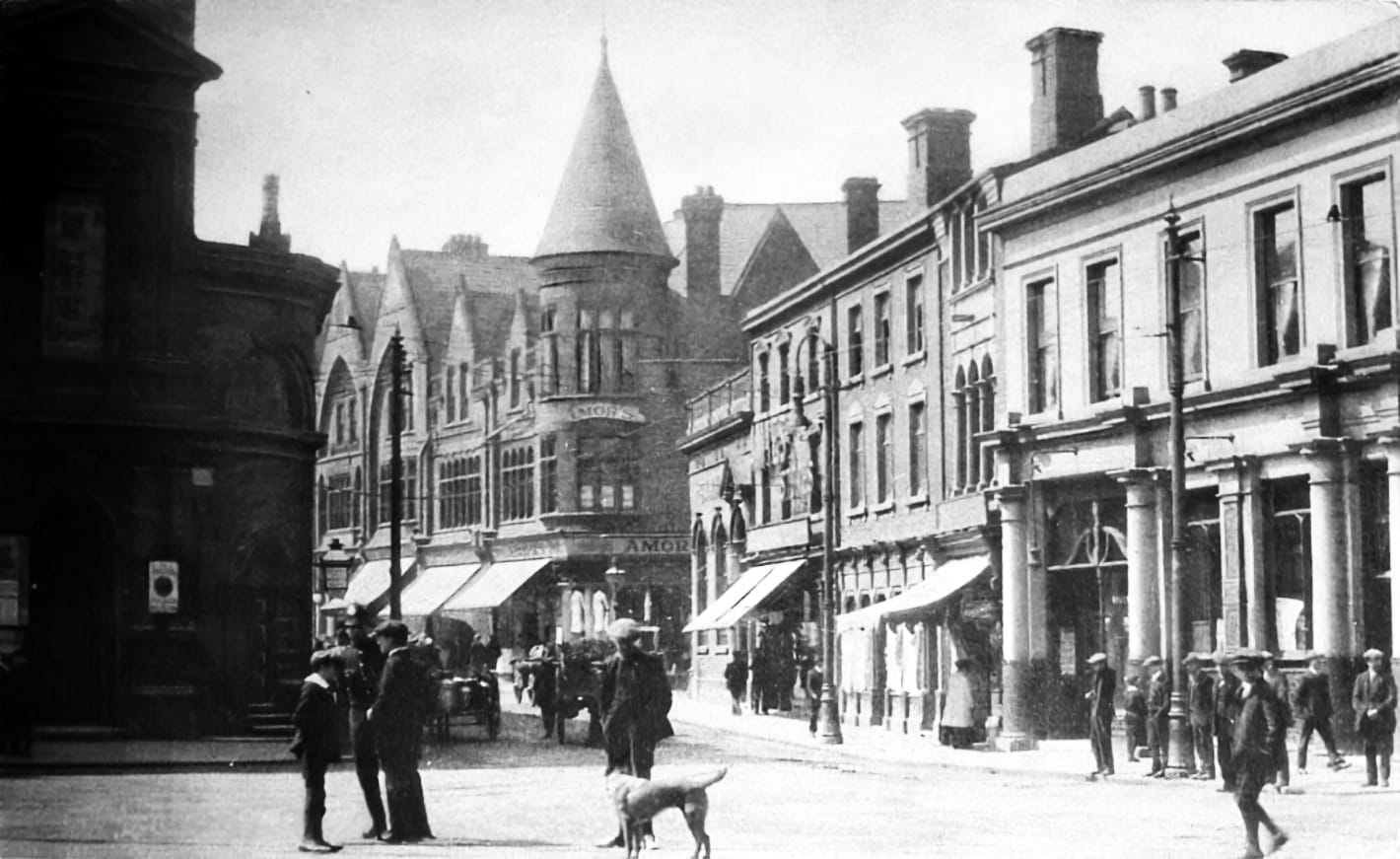
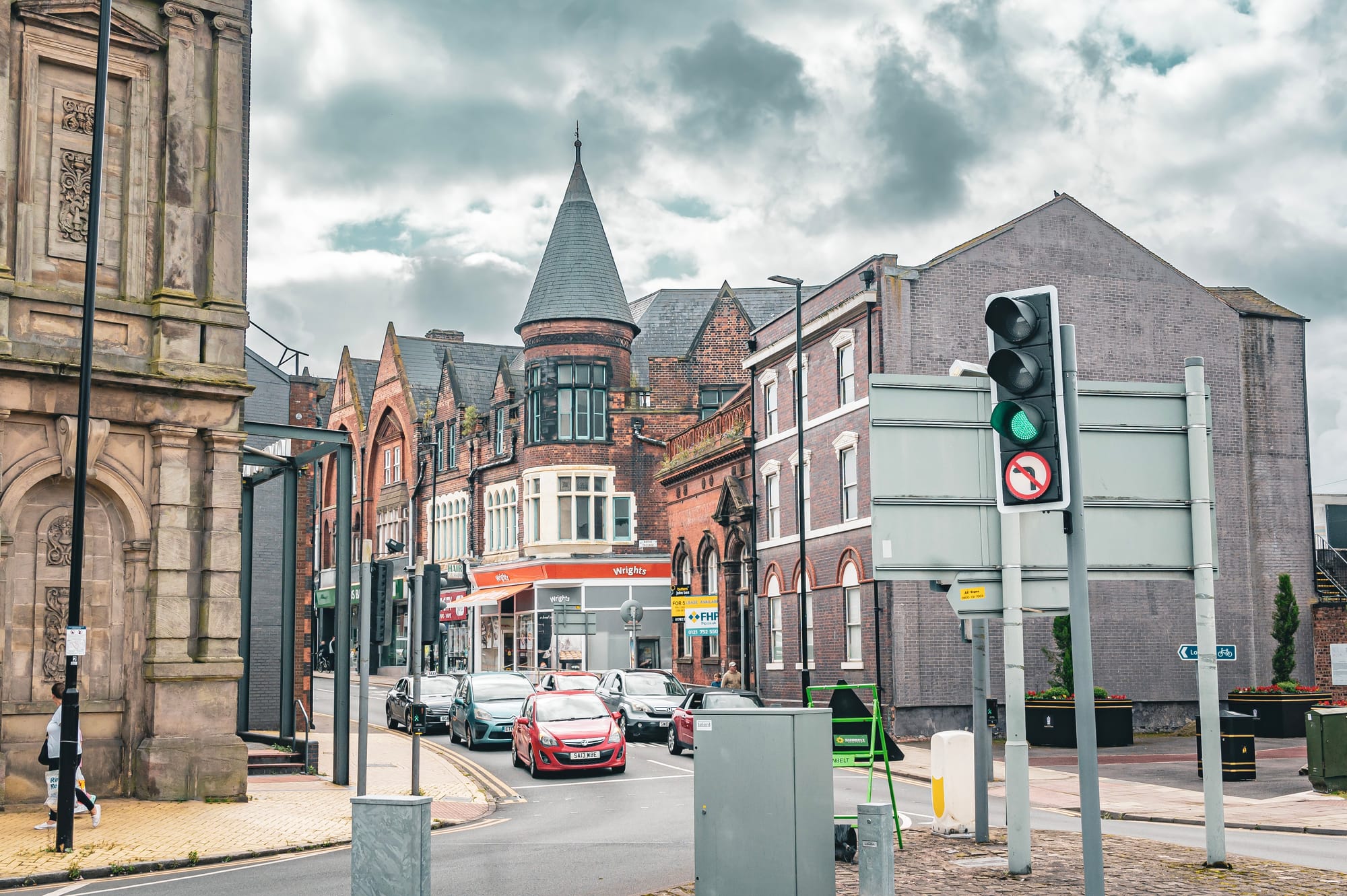
Before the 19th century, the town was primarily recognized for its coal mines and iron works. However, by the 19th century, it had evolved into a significant hub for bone china production.
The name "Longton" is derived from its characterization as a long village. The town stretches along a valley, following the path of an ancient Roman Road to Derby, making it a key access point to North Staffordshire from Derbyshire. Historical records from 1666 show that there were 13 houses in Longton that paid the hearth tax. By 1784, despite the presence of a school and a church, it still had the essence of a village, but the expansion of coal pits and ironstone mines was evident.
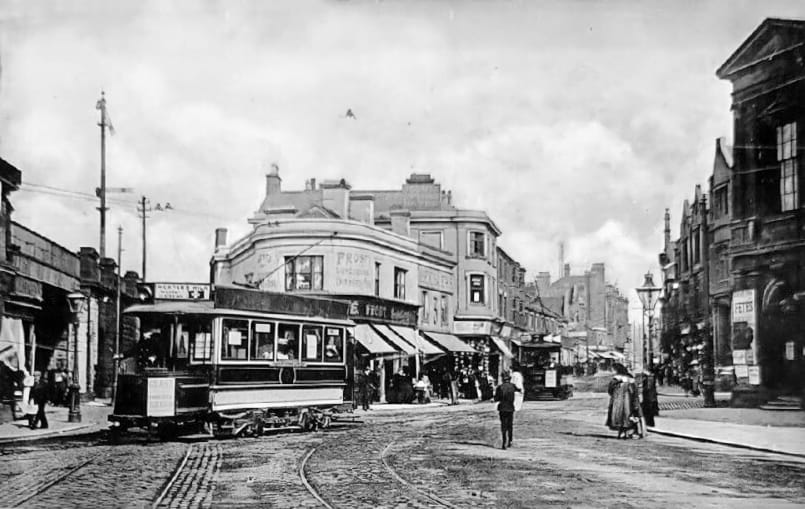
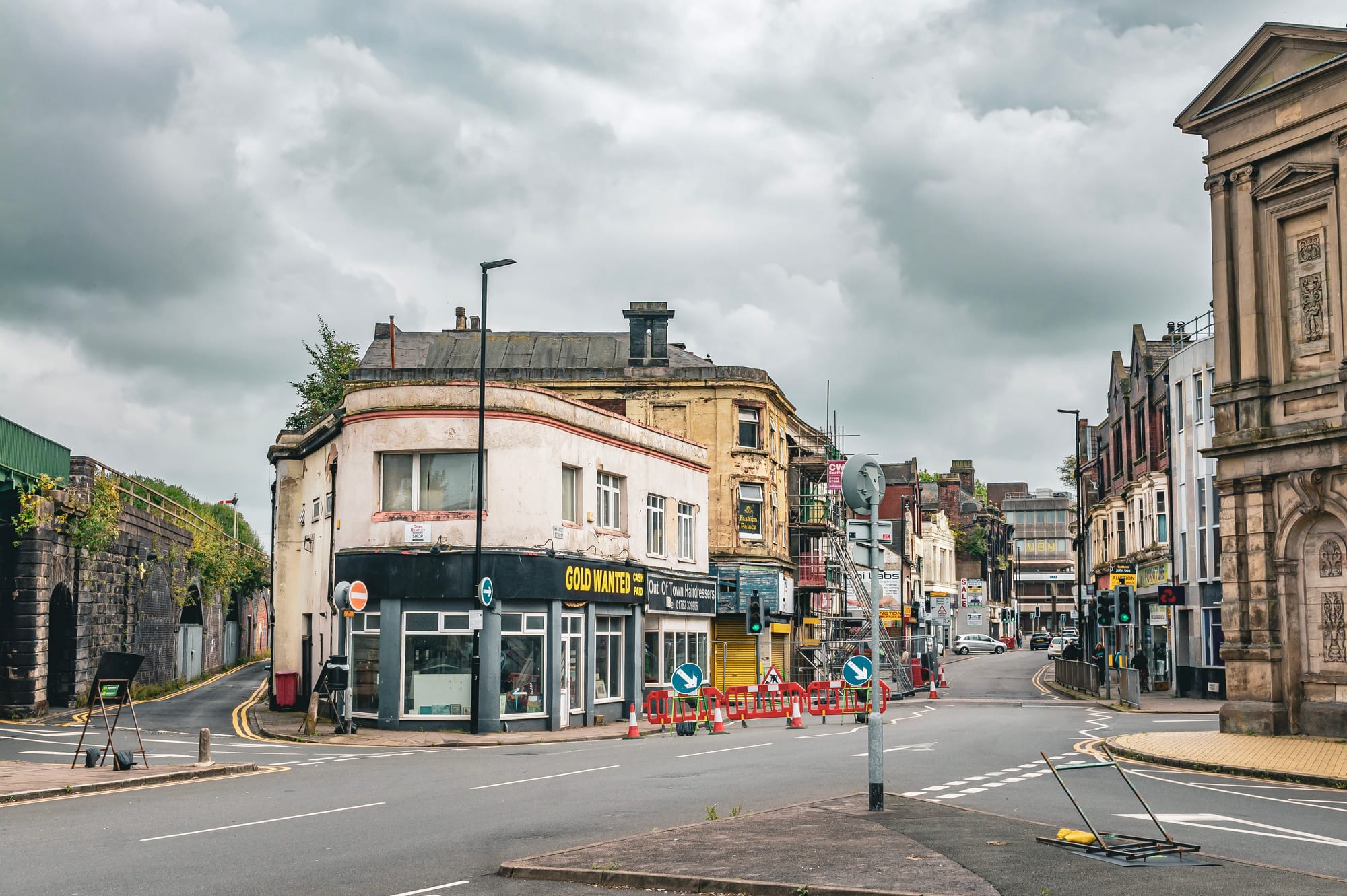
Longton Railway Station boasts a rich history deeply interwoven with the town's development. Constructed atop an embankment, the station's most iconic feature was its adjacent cantilever bridge that majestically conveyed the railway line to Derby over the King Street intersection. This bridge became a significant landmark in the town, especially with its close proximity to the town hall.
Inaugurated on 7 August 1848 as a proud segment of the North Staffordshire Railway, the station was a pivotal stop on the Crewe to Derby line. The architectural charm of the station was evident in its intricate platform canopies and other structures, although many of these have unfortunately been dismantled over time.
Not far from the main station building is a single-span girder bridge, which stands as a testament to the engineering marvels of its time. Those who visit or pass by the station would also notice the Stafford Coats of Arms embellishing the Longton railway bridge, adding a touch of heritage and pride to the structure.
Additionally, while the ticket office tucked beneath the station served many passengers in its heyday, it was unfortunately sealed off and fell into disuse by the early 1990s.
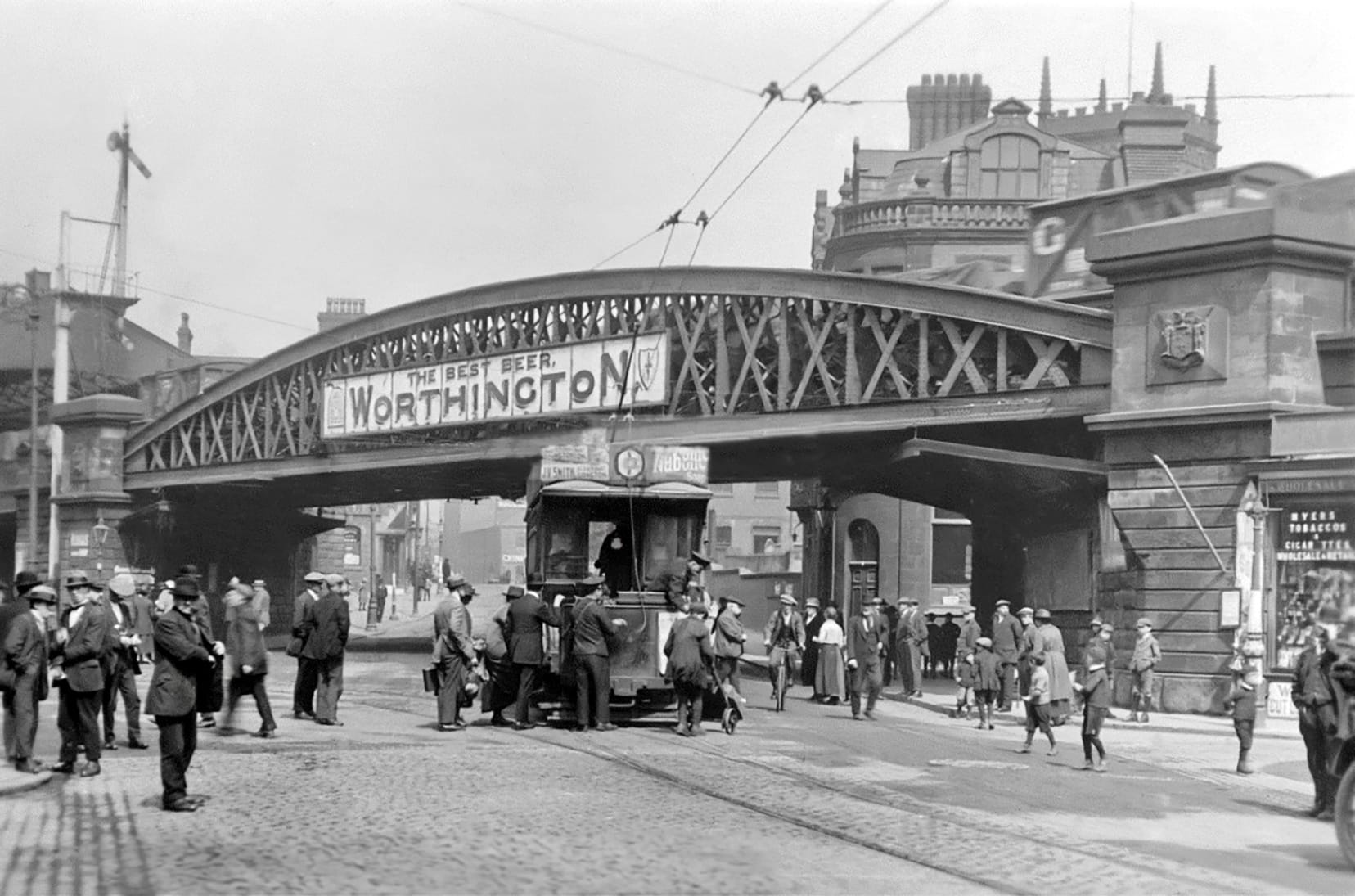
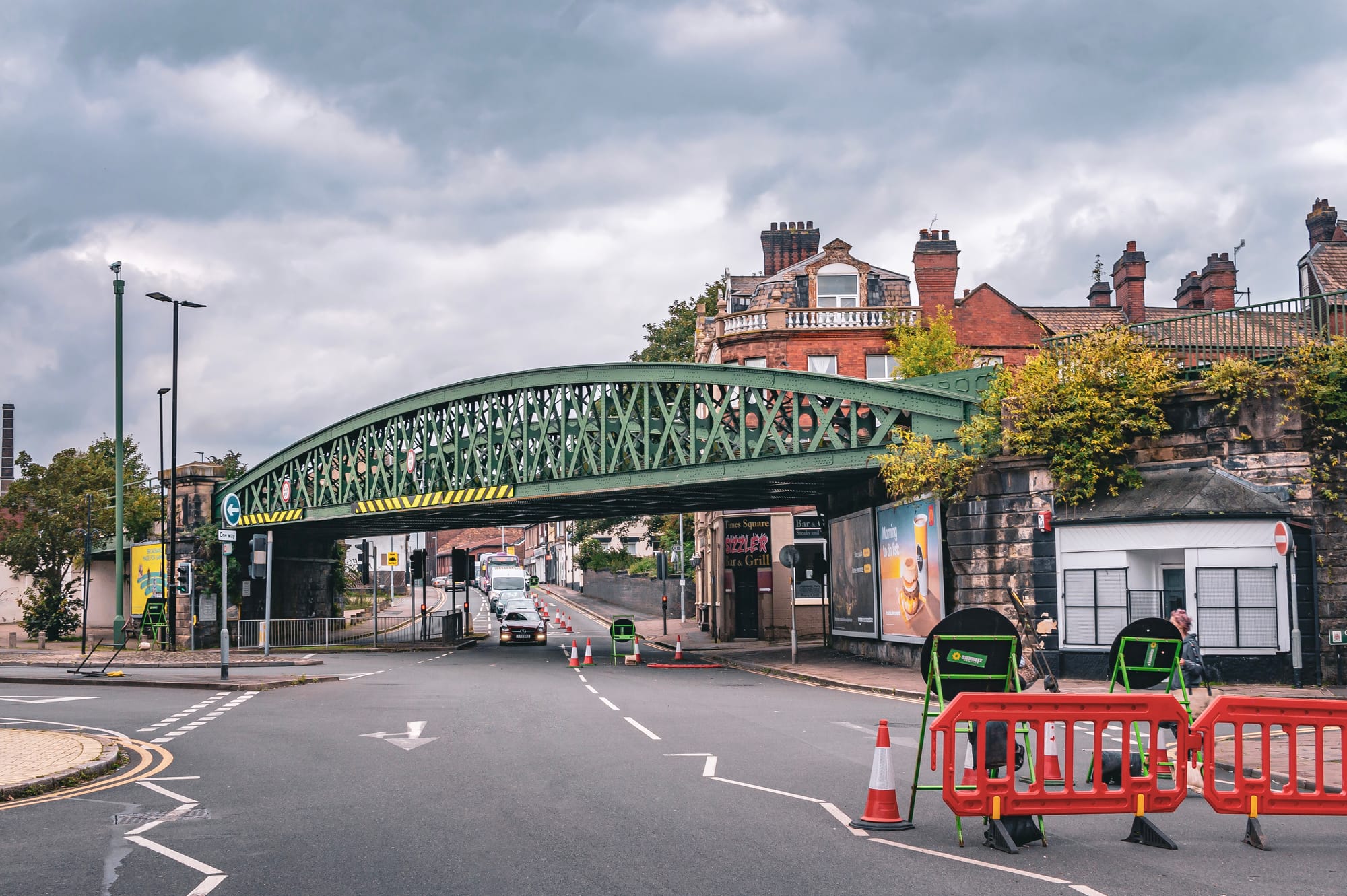
Longton Town Hall, located in Times Square, replaced an earlier town hall built in 1844. The current structure was constructed in 1863, with extensions added in 1867 and 1912. The portico at its entrance was added in 1867. In 1985, due to the discovery of dry rot, there were plans by the Stoke-on-Trent City Council to demolish the building. However, local shopkeeper Ellis Bevan spearheaded a campaign and managed to halt the demolition process. By April 1986, the building was granted Grade II listed status, ensuring its preservation.
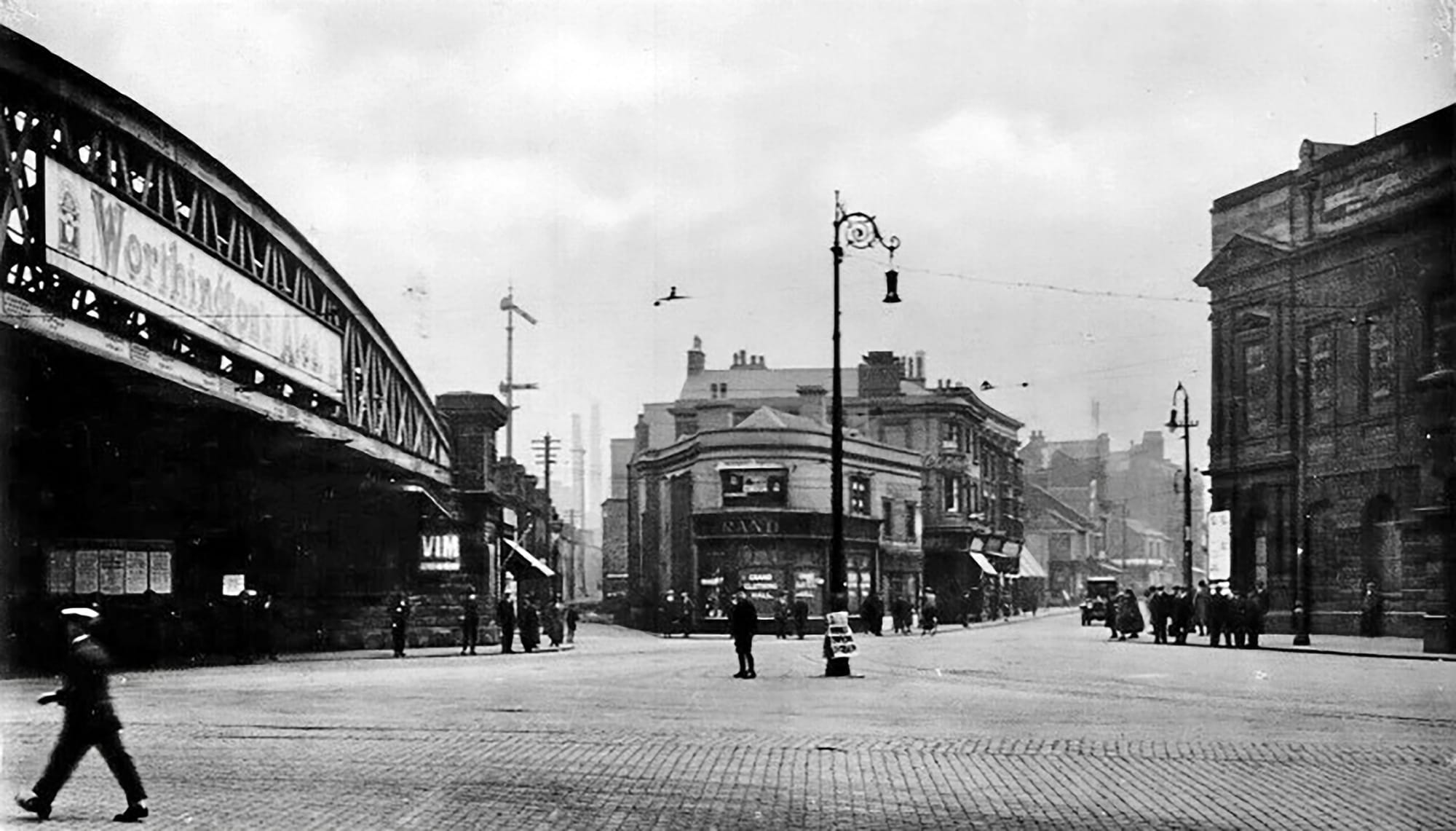
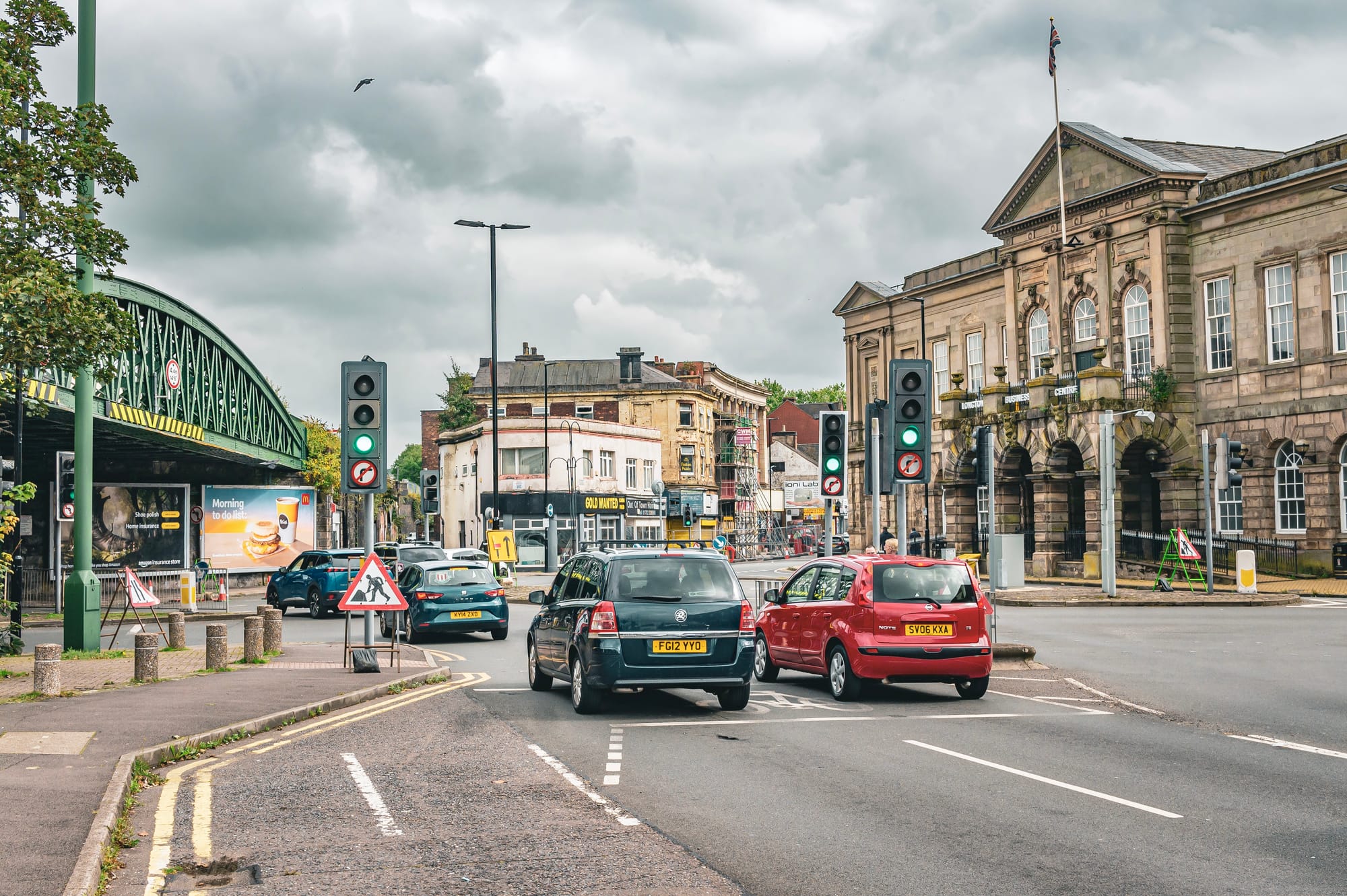
Following extensive refurbishments costing £1.8 million, the town hall reopened on 13 November 2019. The renovated interior now features ceramic tiles on the main staircase, meeting booths for public interactions with council officials, and open-plan offices for the council's teams.
The building's design by Burrill is in the classical style, made from large masonry blocks, featuring 13 bays, and a central porch for horse-drawn carriages. Directly behind the town hall is the Longton Public Market, which seems to predate the current town hall structure.
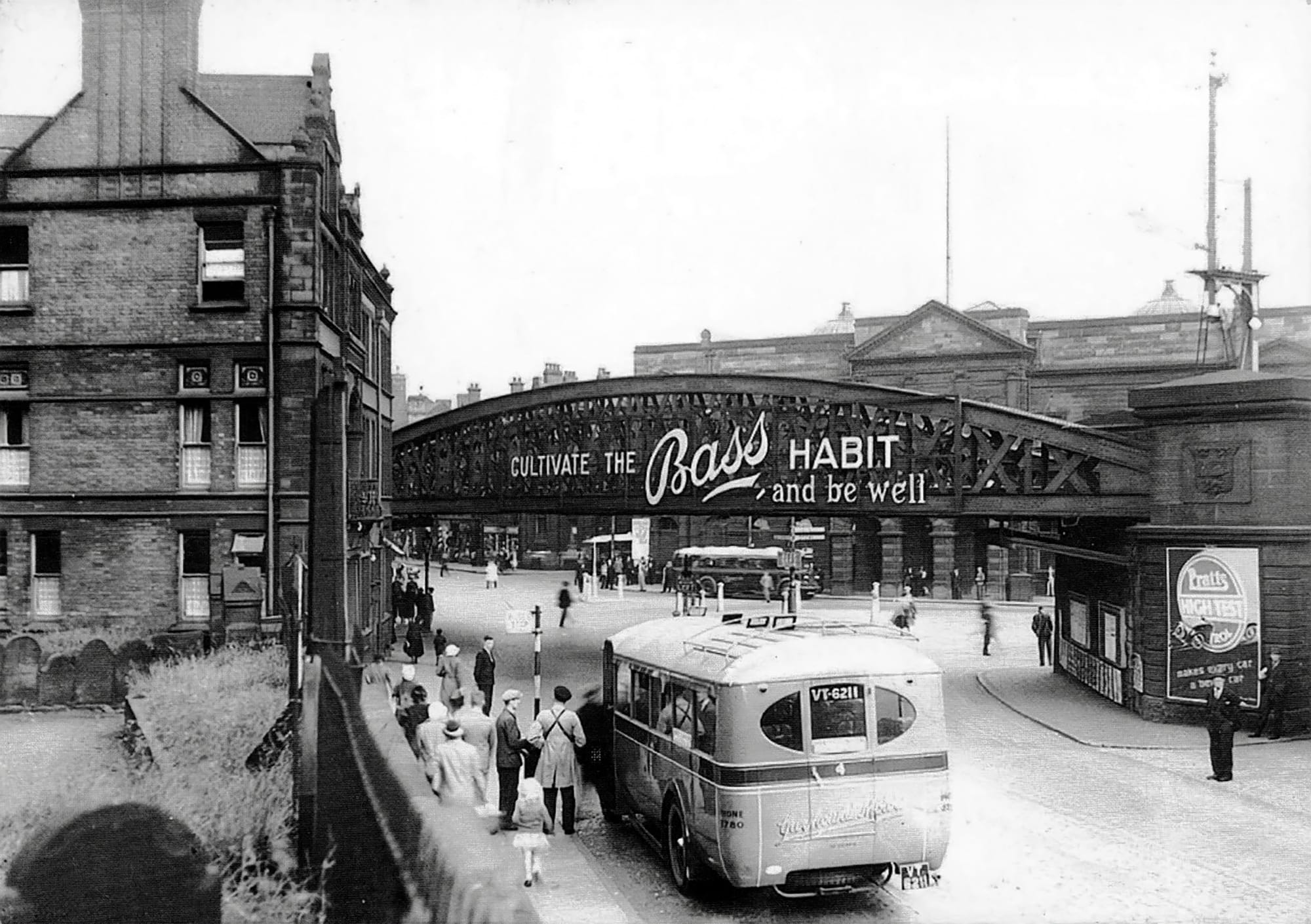
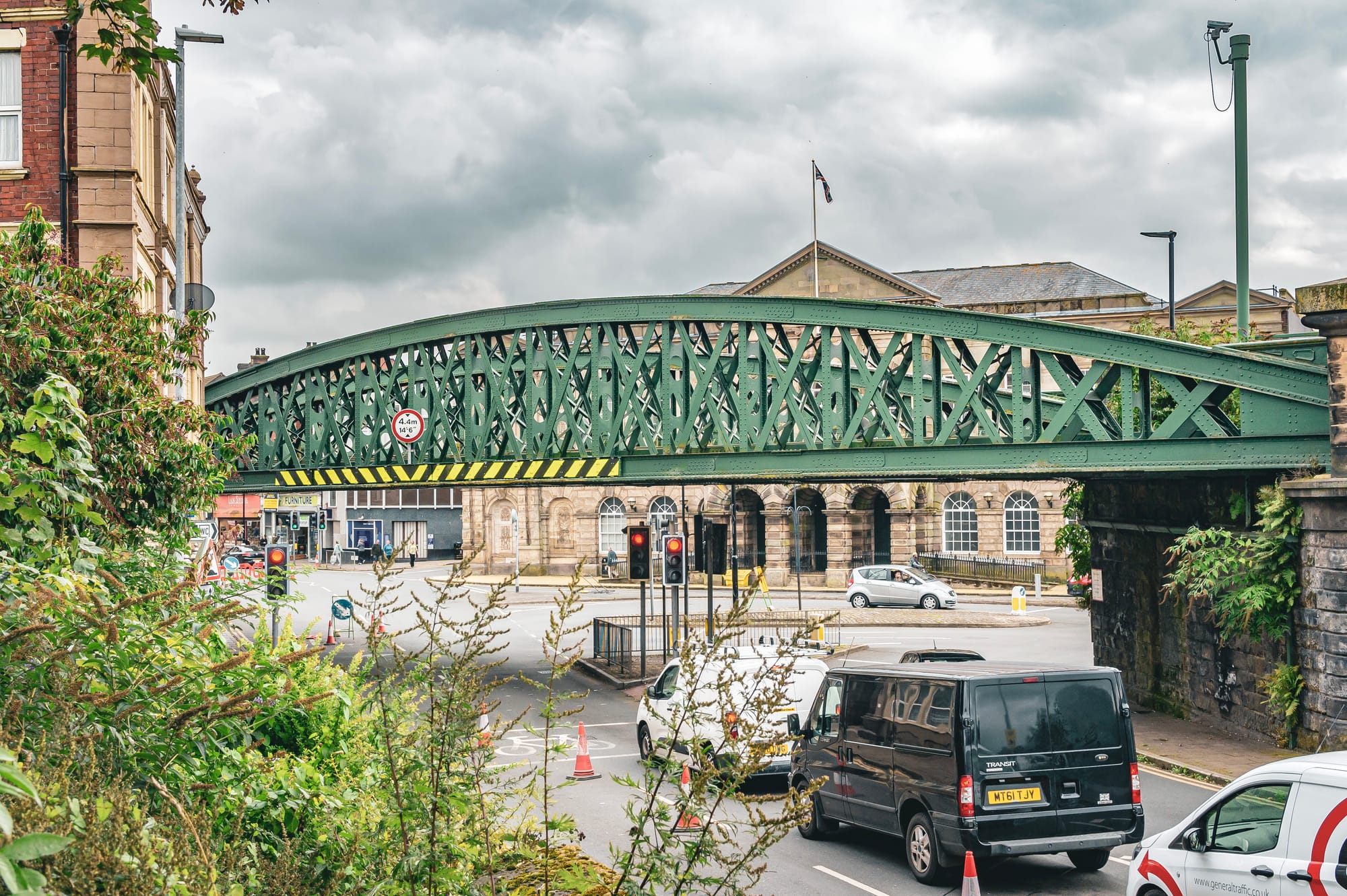
The town's layout included Longton's Times Square, established in 1789. Longton was known for its market, housed in a beautifully renovated market hall, indicative of its status as a market town within the parish of Stoke in Staffordshire. The population of Longton was recorded at 4,930 in 1811, highlighting its growth over the years. In 1842, the area was a centre of significant social upheaval when coal miners from the Hanley and Longton area sparked the 1842 general strike and the associated Pottery Riots, reflecting the town's involvement in industrial and social movements of the time.
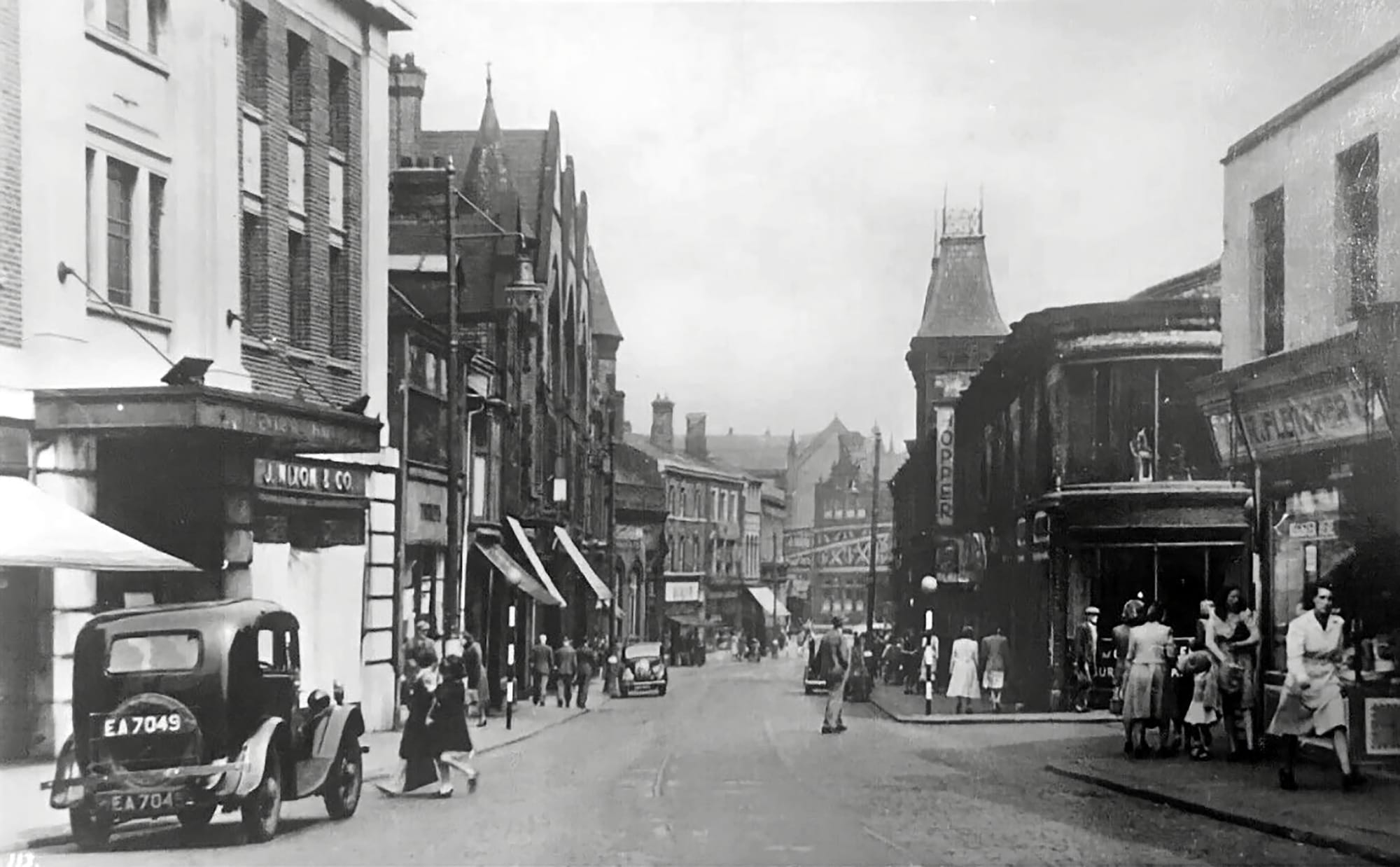
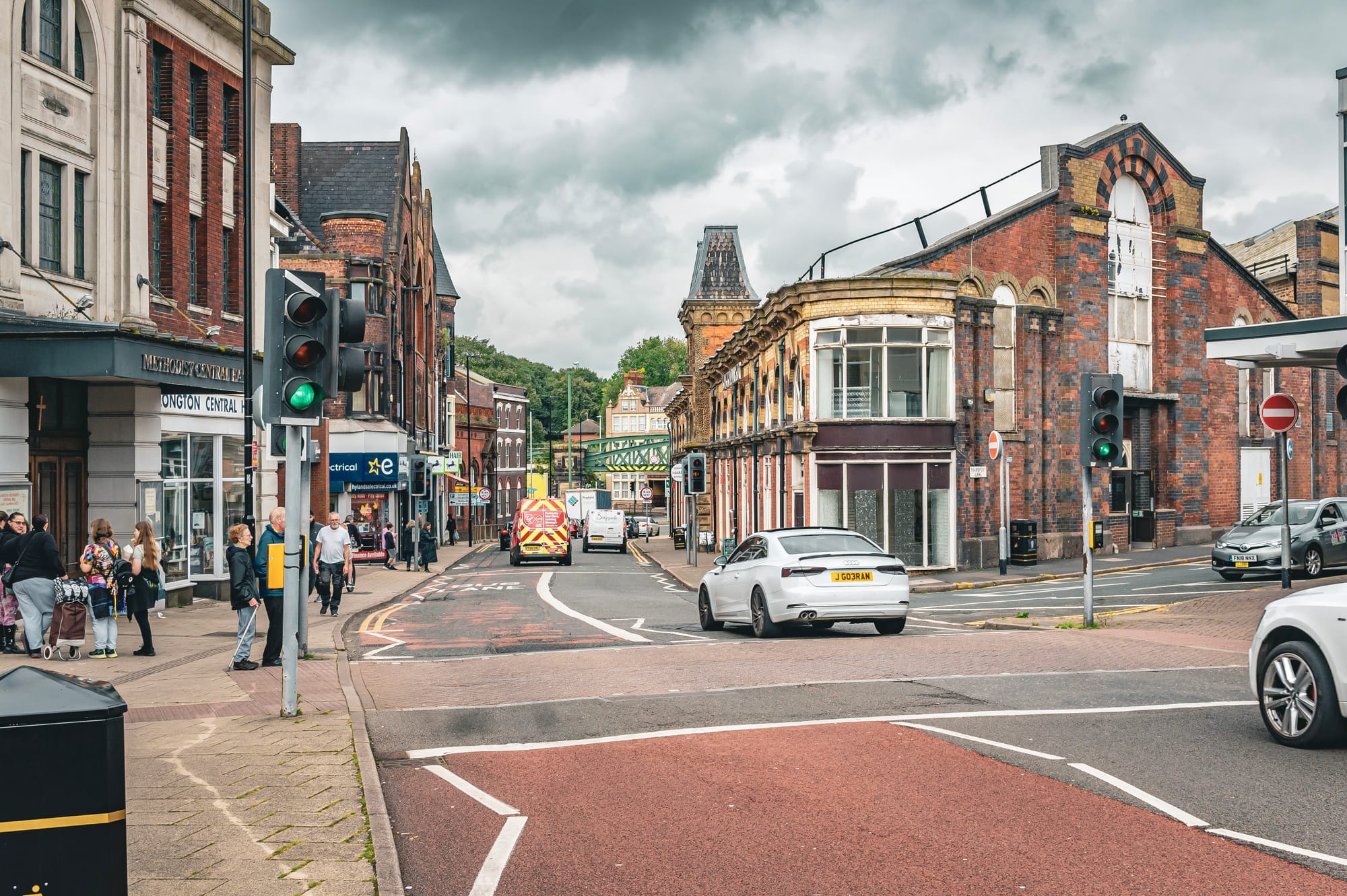
In March 1910, Longton and Lane End were incorporated into the county borough of Stoke-on-Trent, a federation that marked a significant change in the town's administrative structure.
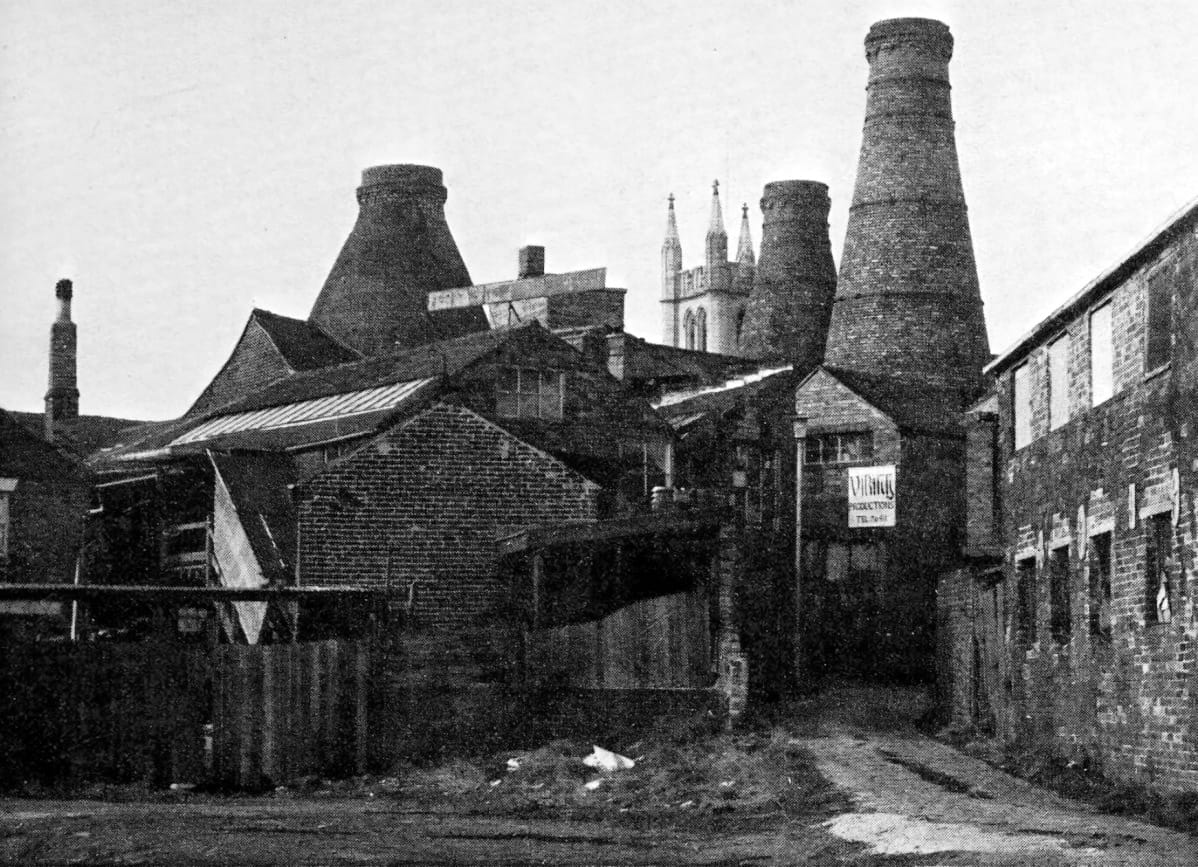
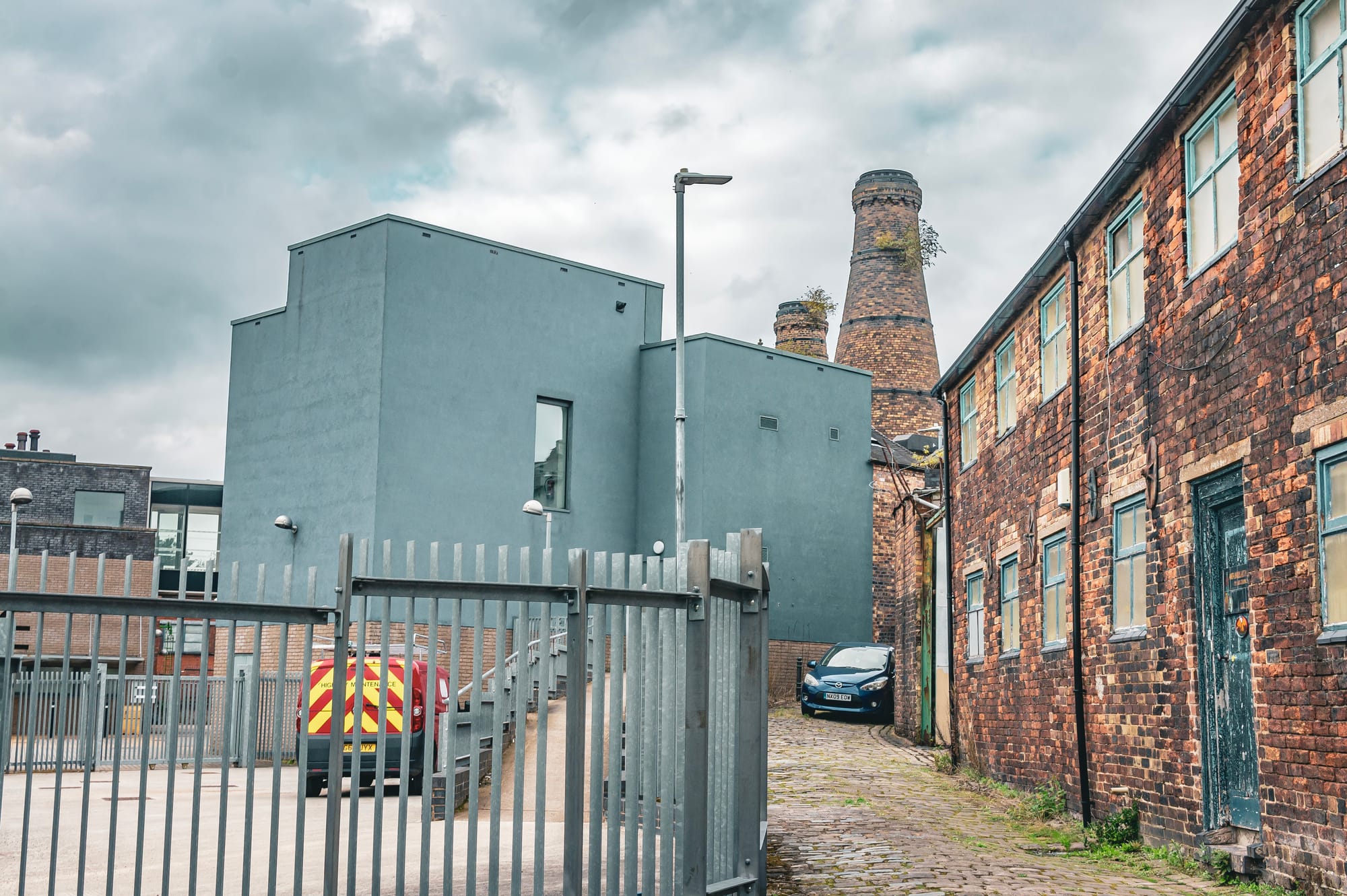
Short Street is a narrow, cobbled road steeped in history and mystery. It's known for its paranormal activity, with numerous reports of unexplained occurrences such as the smell of cigarette smoke, voices, and even the apparition of a cat that vanishes upon approach. The street is home to three workers' cottages that are now listed buildings, historically inhabited by workers from the nearby Enson Works. These cottages, very small in size and currently not open to the public, have retained many of their original features, including the cobbles leading up to them.
However, sorry to disappoint, but the hauntings can all be explained by the car garage that operates within the old cottages. The frontage remains, but the back of the cottages is no longer there and it is a car repair business. The cat, the smoke, and the noises are all just people working within!
The area is rich in history, with a local resident describing Short Street as one of the oldest streets in Stoke-on-Trent, evoking a sense of stepping back in time. This sentiment is echoed by others who have visited the street, feeling as though they are walking through history. The street's close proximity to the Gladstone Pottery Museum and its connection to Stoke-on-Trent's pottery heritage further enhance its historical significance.
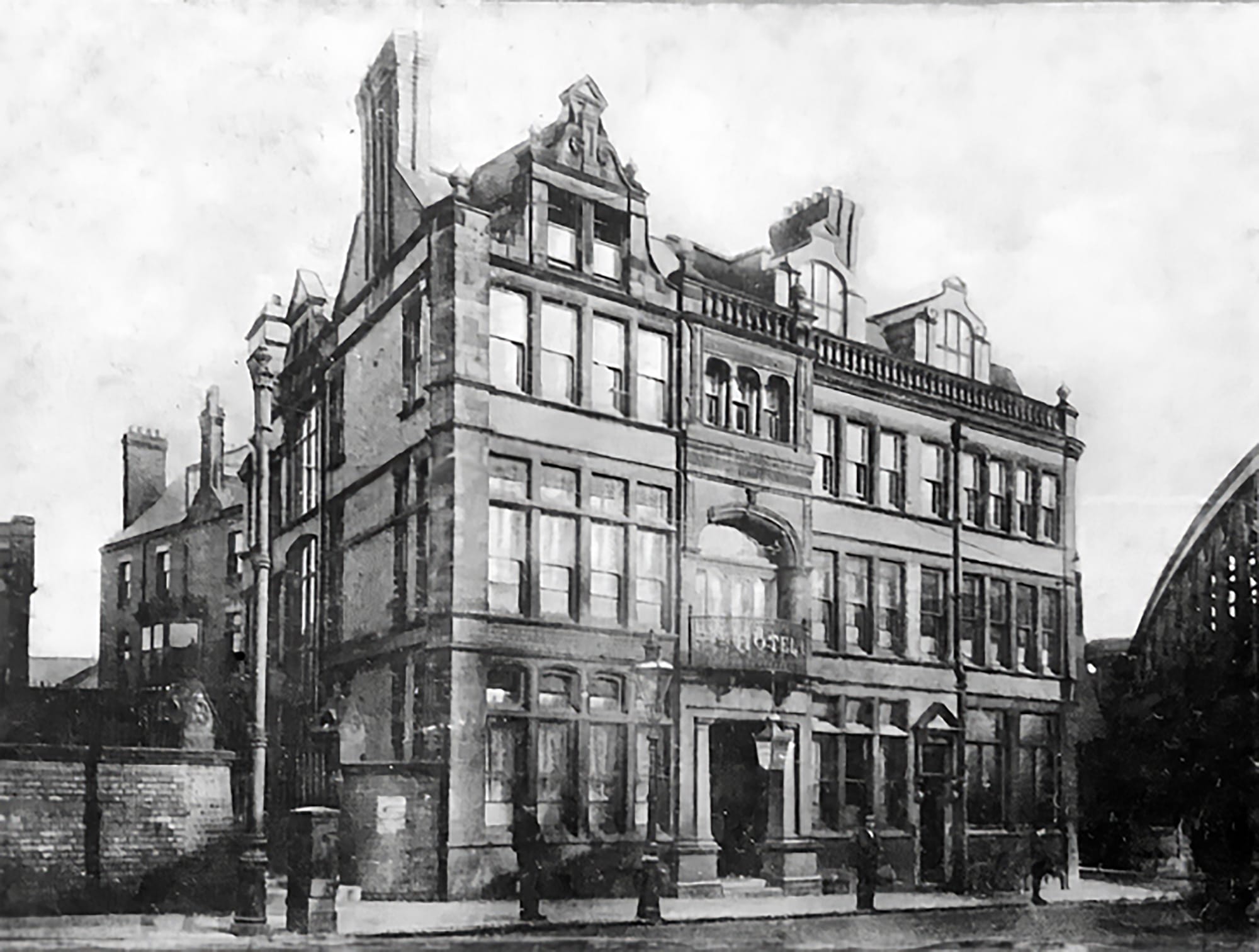
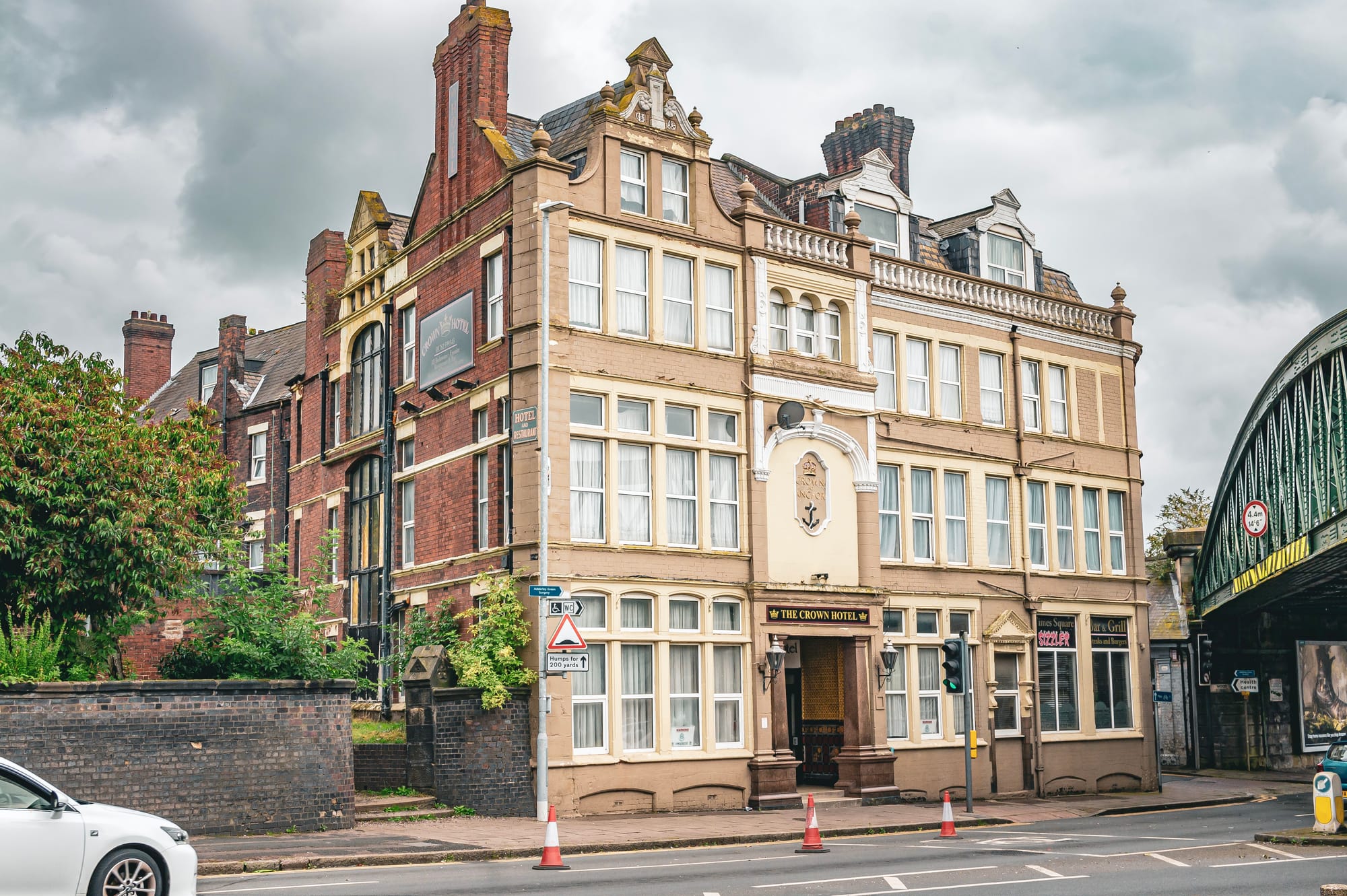
The Crown Hotel, originally known as the Crown and Anchor, was established in 1887 on the site of a previously existing pub, the White Horse, which had its roots going back to the 1780s. The Crown and Anchor served as a coaching inn.
In the mid-19th century, Longton was a hub for coach services. By 1834, several coaches passed through Longton, including those running daily between Liverpool and London, Burslem and Birmingham, and Longton and Manchester. Additionally, a coach ran three times a week from Newcastle to Derby, stopping at the Crown and Anchor Inn.
The Crown had a notable landlord, George Bennion, who was mayor of Longton four times. His stewardship likely contributed to the establishment's prominence in the area. In 1850, it was reported that the inn's cellars were temporarily out of use due to drainage issues from the neighbouring churchyard. In 1944, it was used as the venue for a show by the Blythe Bridge and District Rabbit Club, formed to promote rabbit meat production during the Second World War.
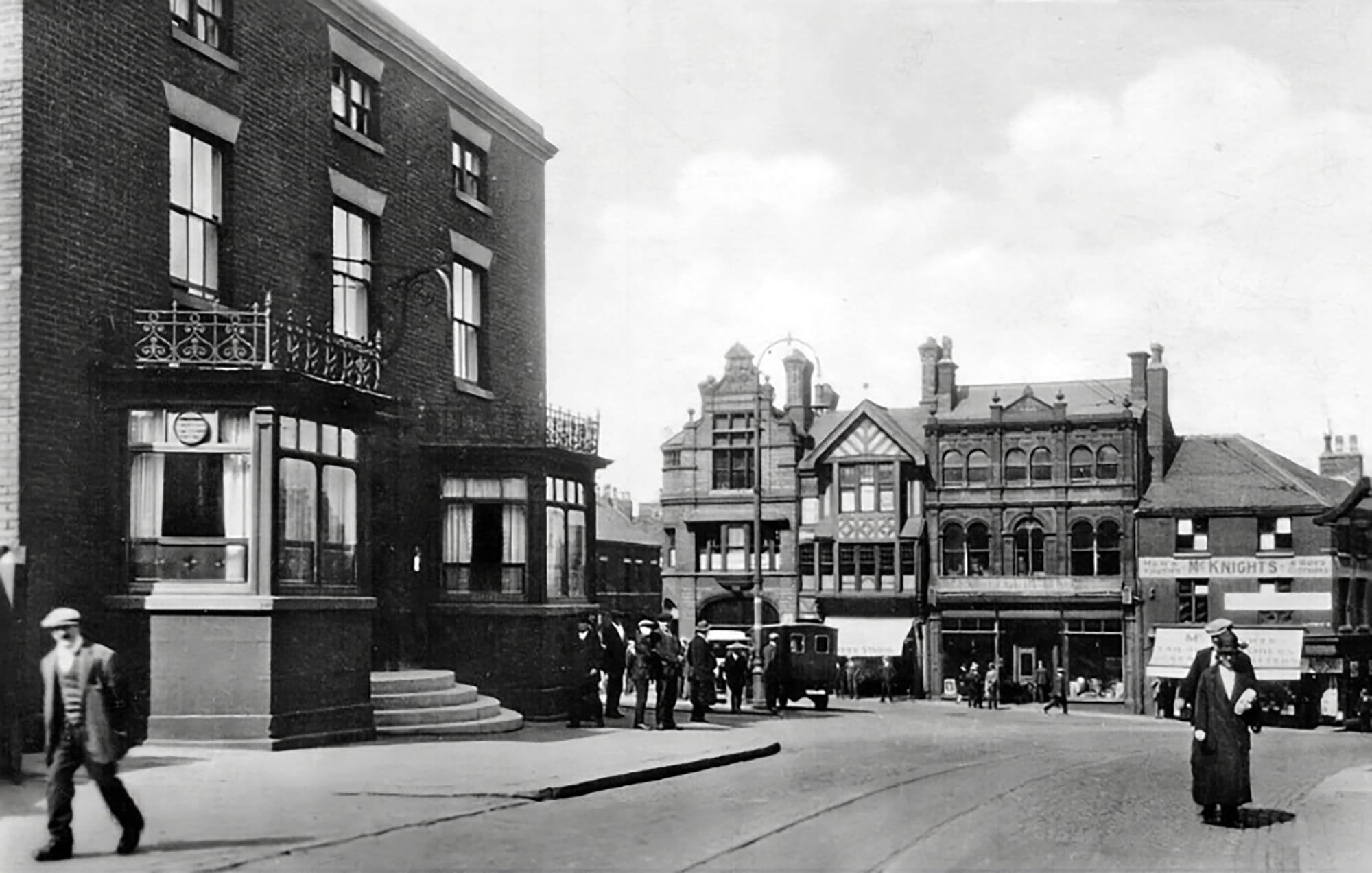
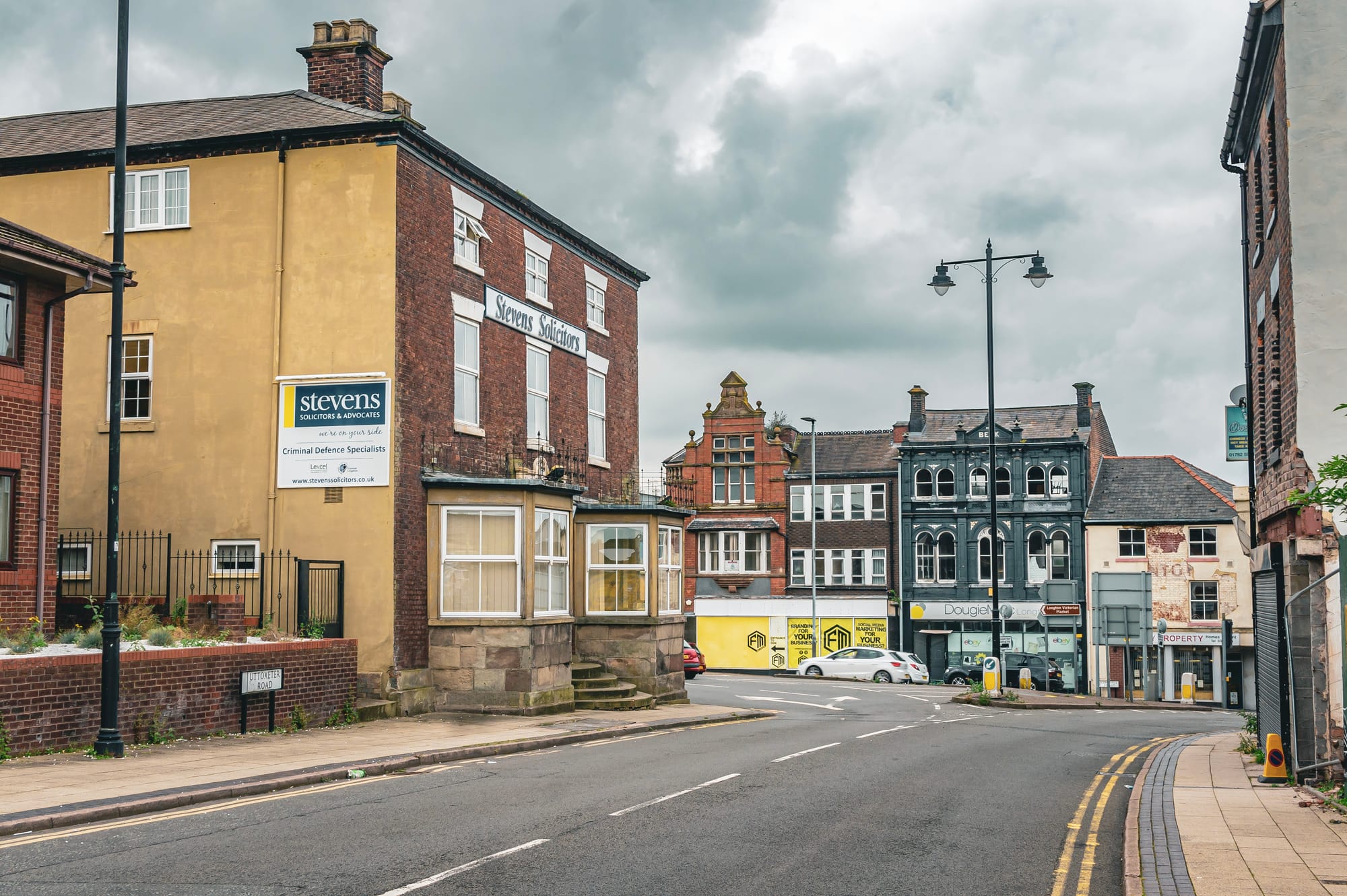
The Union Inn and Commercial Hotel, also known as the Union Hotel, was a coaching inn and was constructed on land sold in 1799 by the Turner family, who were successful potters in Longton. The Union Hotel was a prominent Georgian-style building, serving as a posting inn at Longton's second market square. It was situated behind the old courthouse and was also the starting point for an omnibus service to Stoke, Burslem, and Hanley.
The interior of the hotel was noted for its mix of styles, including a bar billiards table, and parts of it were considered quite classy, especially the section inside the bay windows facing Uttoxeter Road. The hotel's proximity to Longton bus station made it popular among those attending events at Jollees' cabaret venue, even attracting some star performers. Notably, ex-Longton policeman Dave Scrivens reported having seen the entertainer Ken Dodd at the Union Hotel.
As of September 2020, the building has been repurposed for use as a solicitor's office.
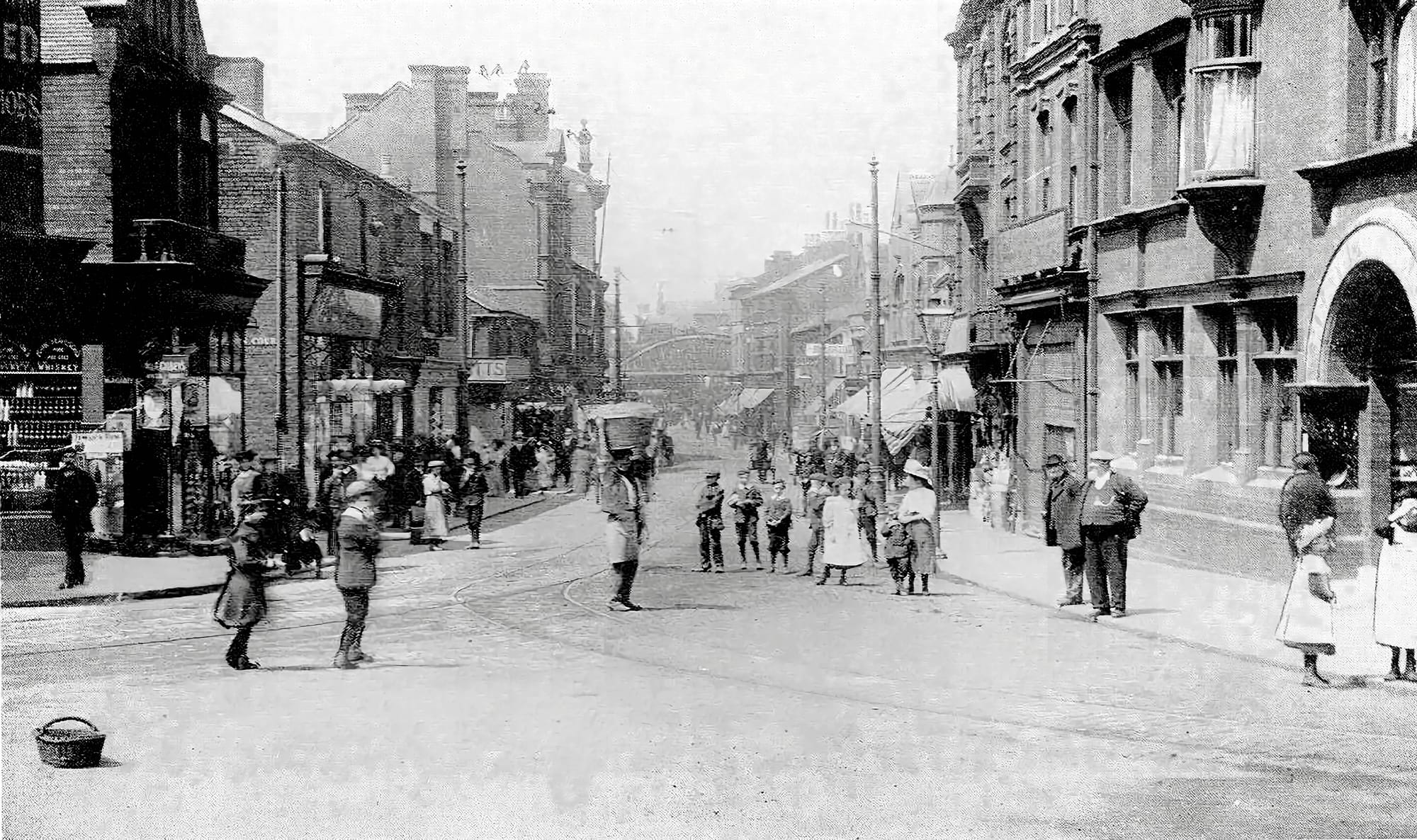
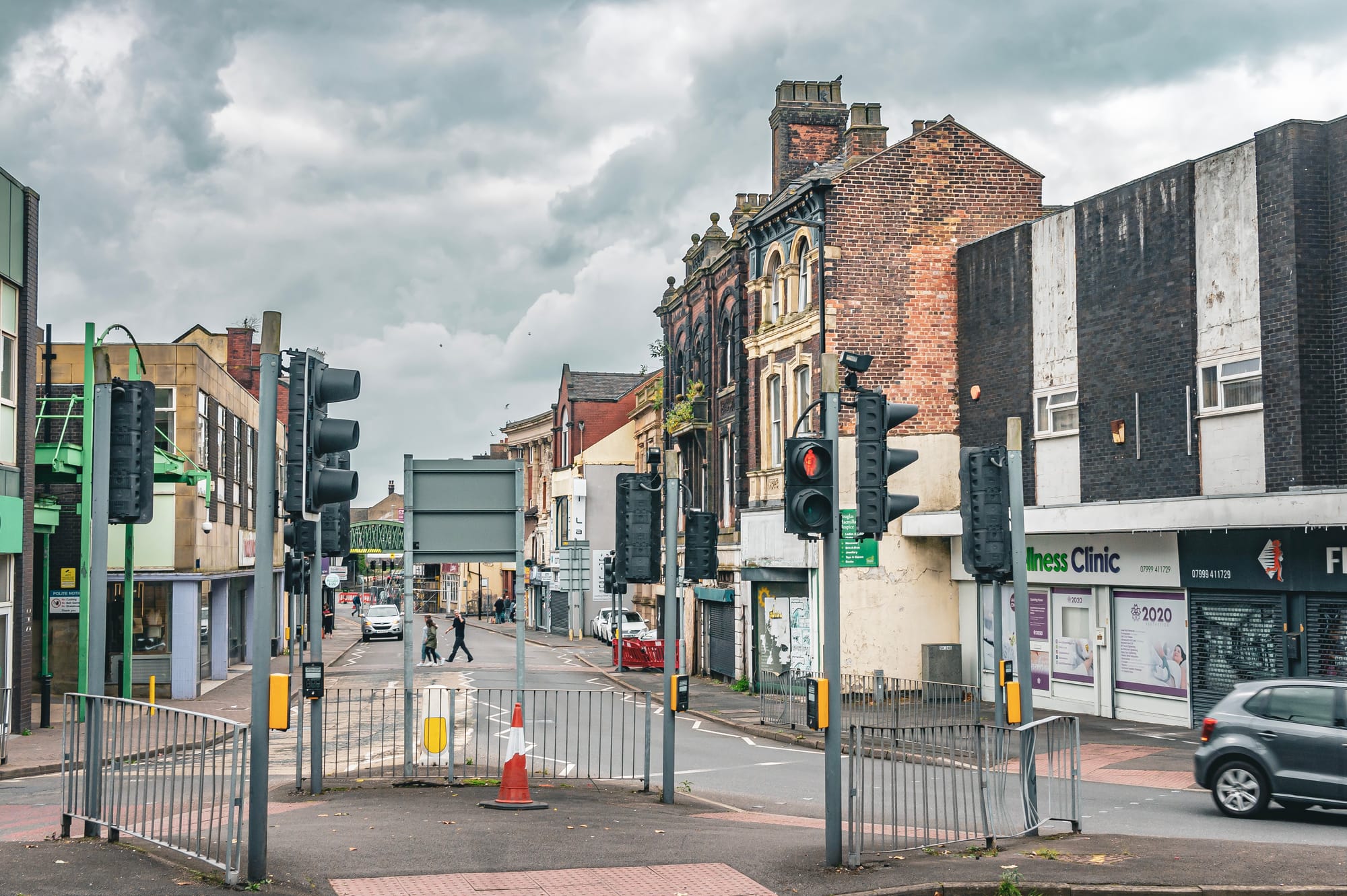
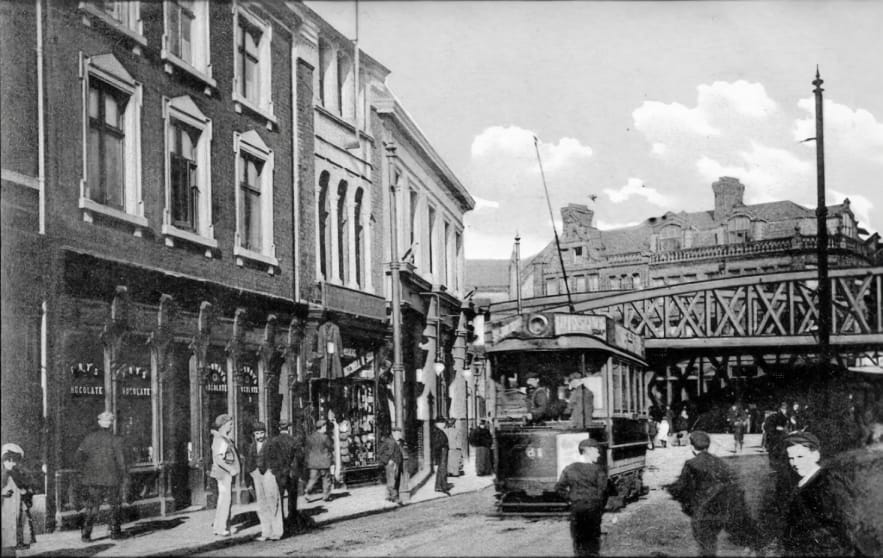
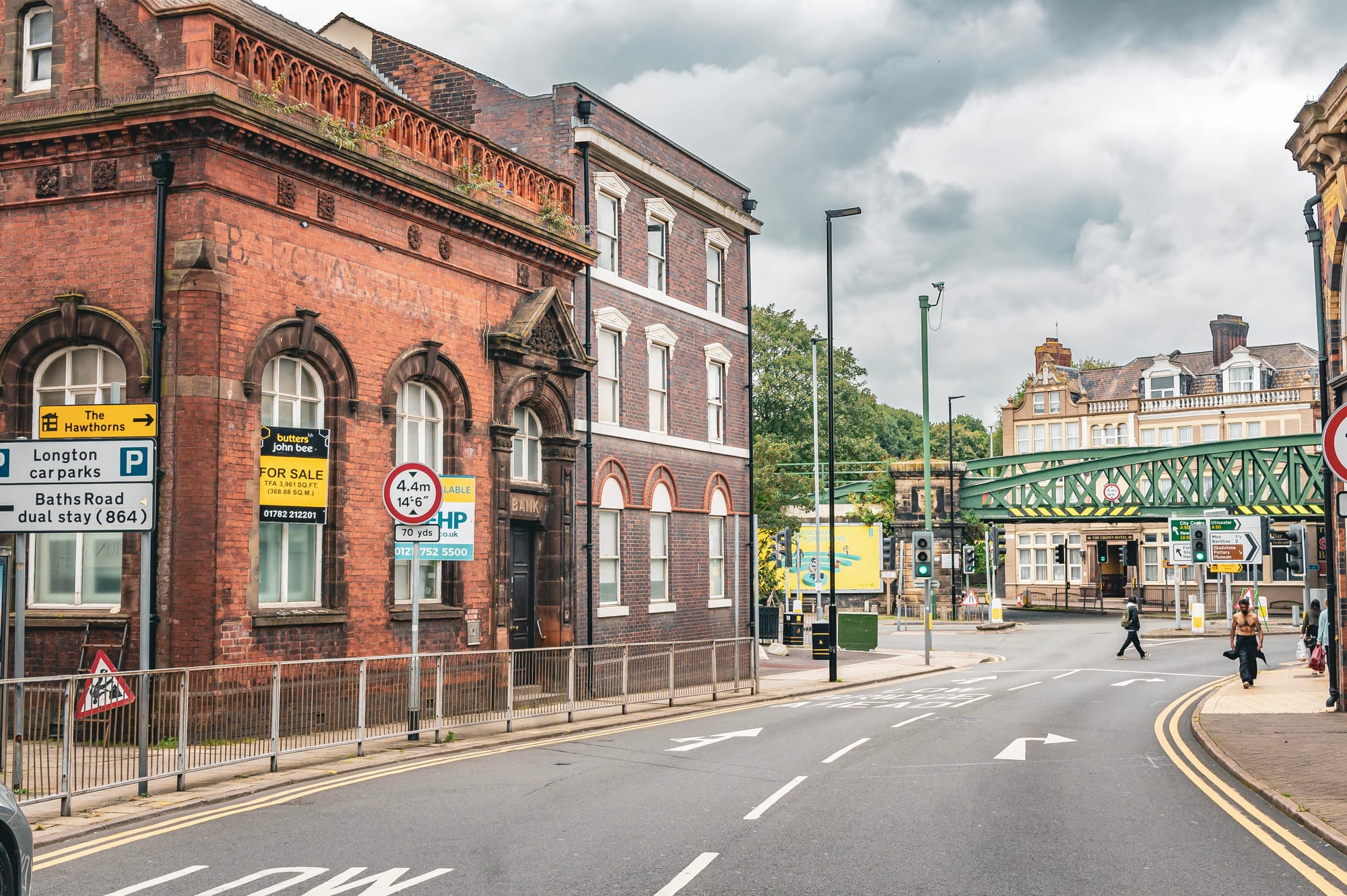
The trams and tram lines in Longton were part of the Potteries region in Staffordshire and were closely tied to the development of the Potteries Electric Traction Company. This company was incorporated on 27 June 1898 by British Electric Traction with the specific aim of extending the existing tramway throughout the Potteries towns. The Potteries Electric Traction Company acquired four separate companies: North Staffordshire Tramways Company Limited, Longton Corporation Tramways, Potteries Extension Tramways, and Potteries Light Railways, collectively adding considerable route mileage to its network.
However, the tram system in Longton and the broader Potteries region was relatively short-lived. The entire system closed in 1928, with the last tram running on 11 July 1928.
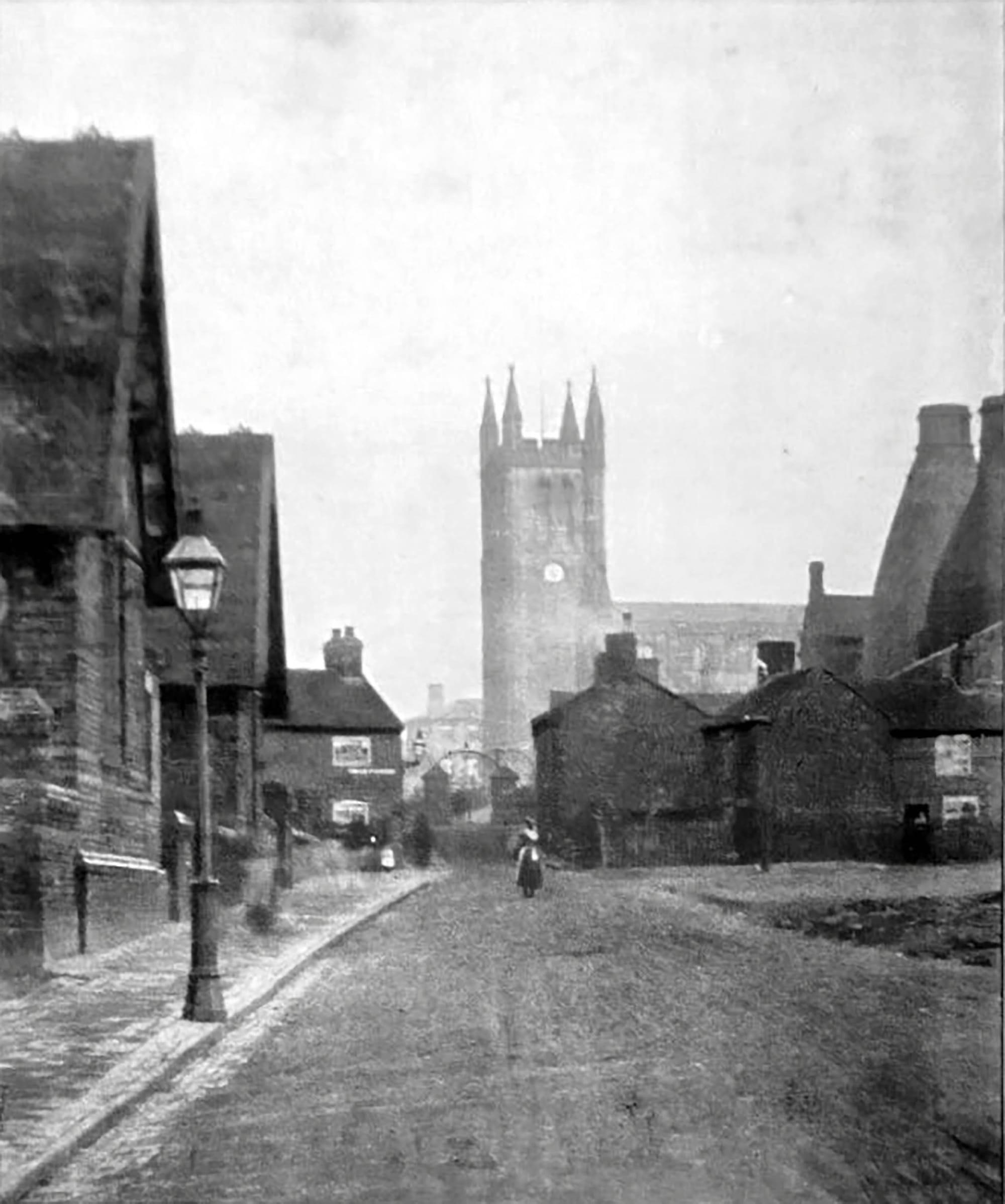
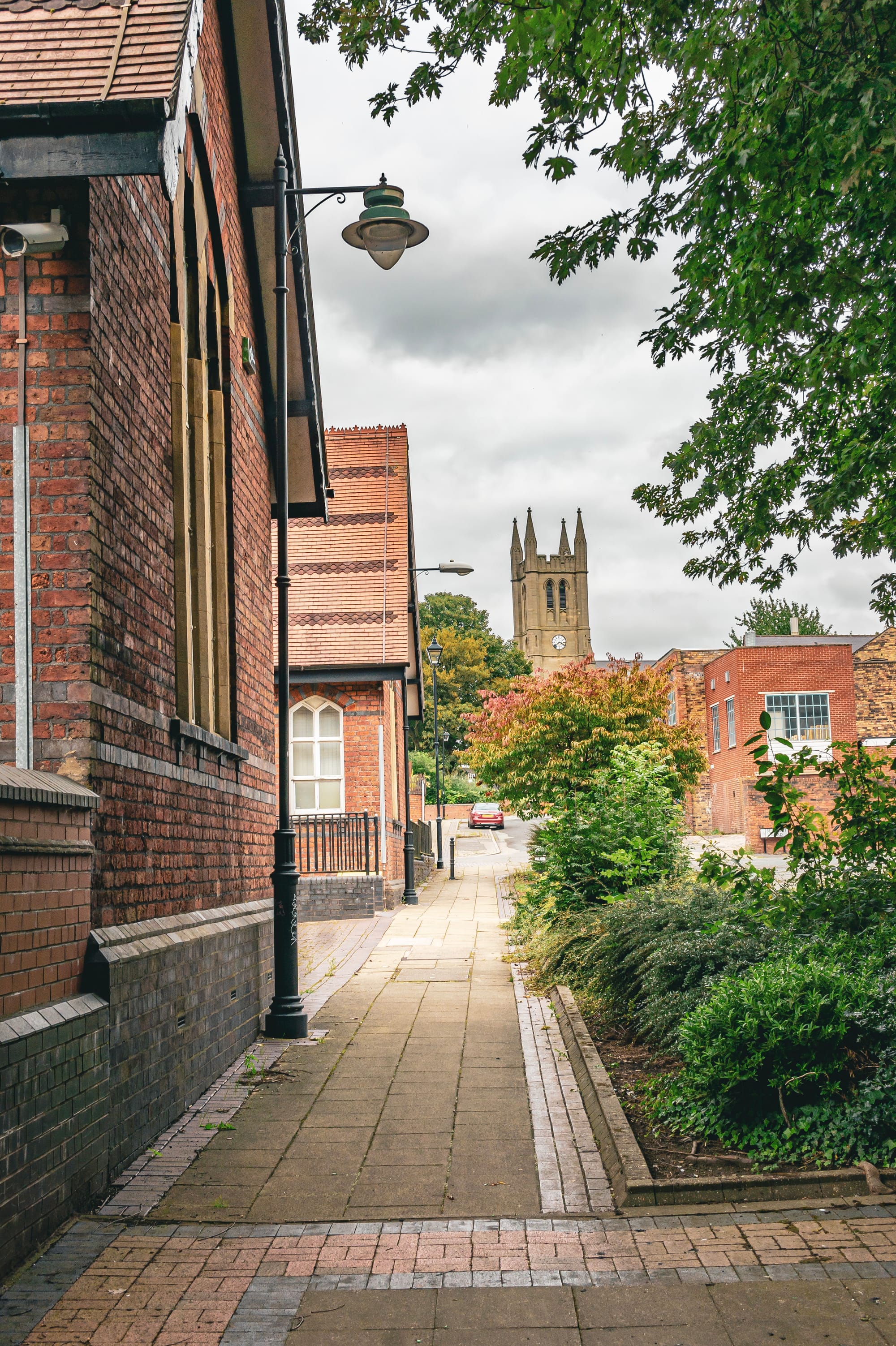
Looking up Webberley Lane, which used to be School Lane, on the left is Tawney House, formerly St James School.
The school, established in 1836 adjacent to St. James the Less Church, was built on land gifted by the Duke of Sutherland. It regularly hosted about 100 students on weekdays, with attendance doubling to 200 on Sundays.
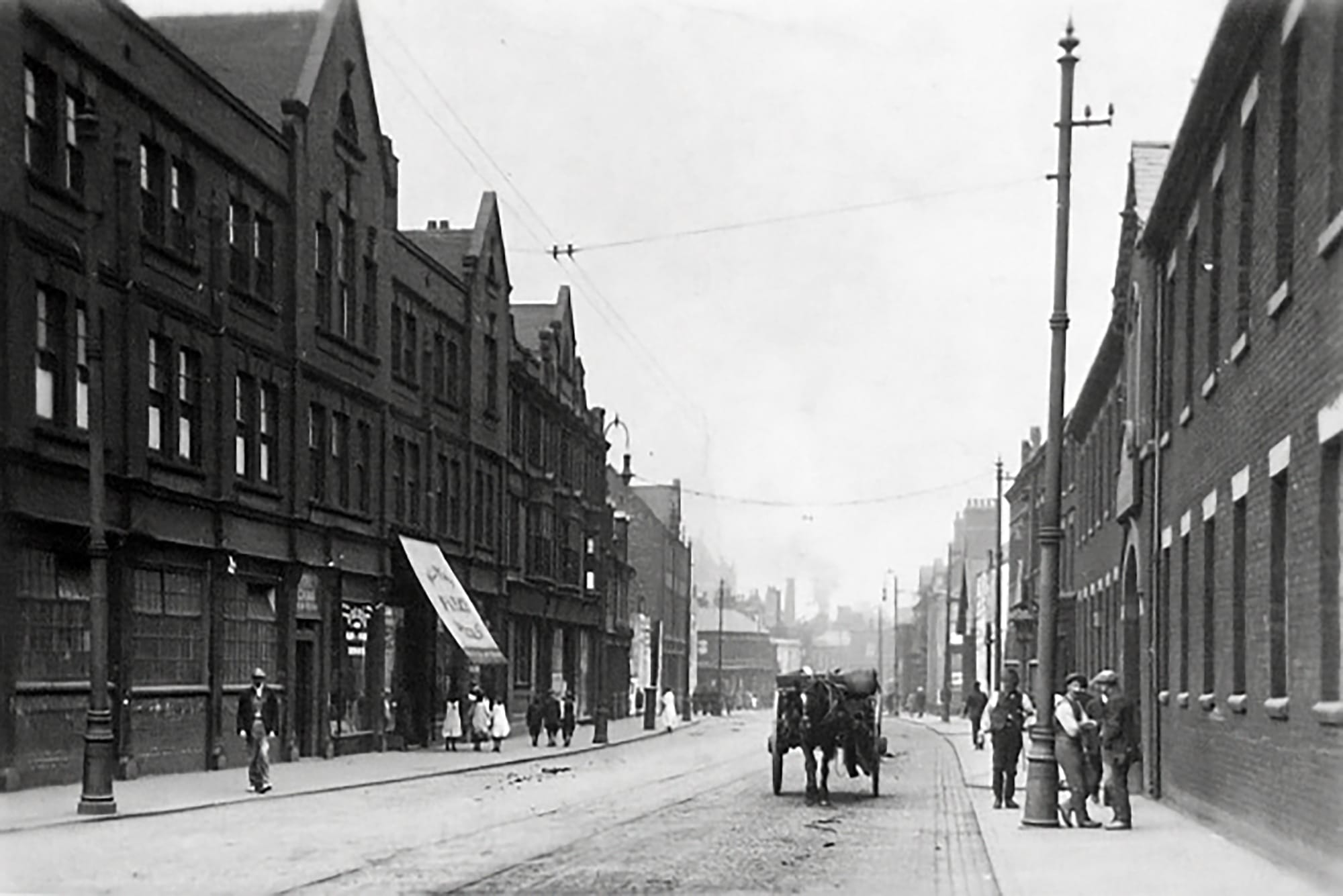
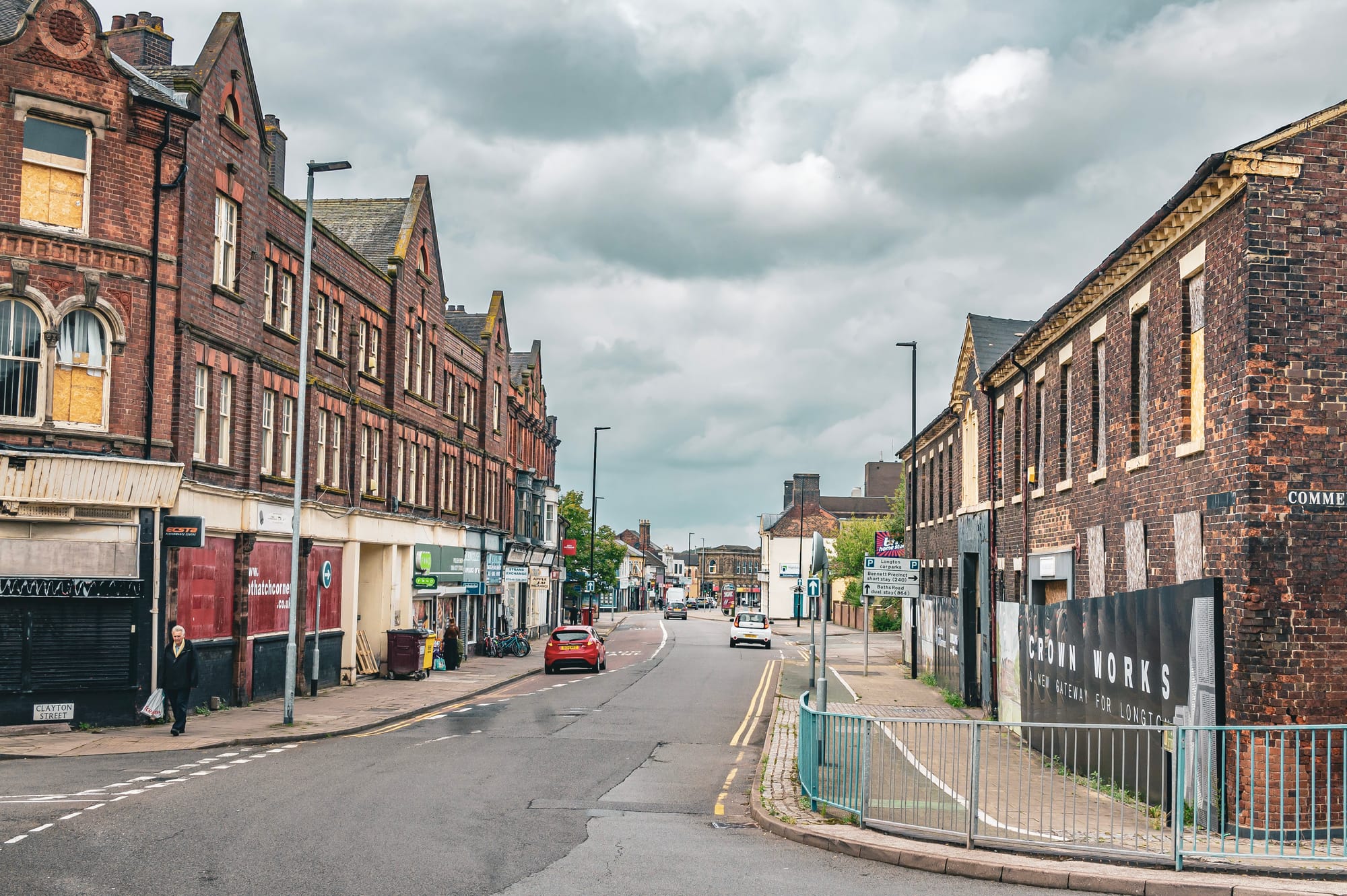
Thank you for reading!
If you like what you have read, please feel free to support me by following and signing up for my newsletter and/or buying me a coffee!

If you love our local history, don't forget to follow me, check out more of my videos and my website http://www.theredhairedstokie.co.uk
You can now also join my Patreon - www.patreon.com/TheRedHairedStokie
Check out my recommended reading list
